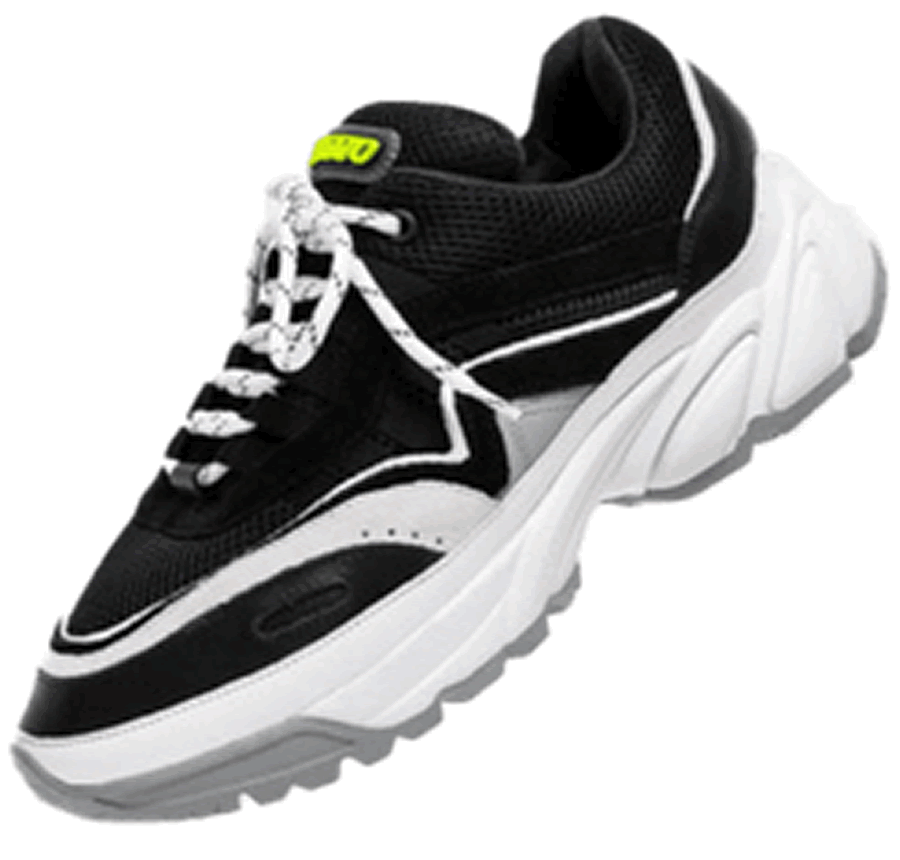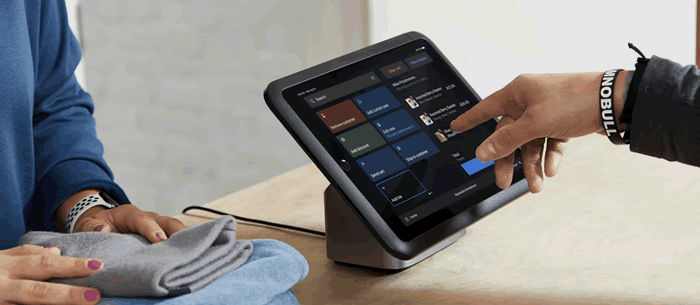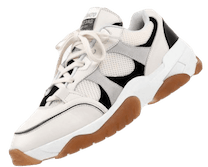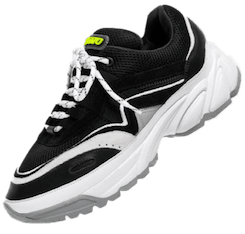Giant Eagle Uses ECRM and RangeMe to Discover New Products
It’s no surprise that one of the most discussed topics among retail buyers is the challenges they face when it comes to keeping items in stock. The supply chain issues vendors have been facing due to transportation setbacks, labor shortages of their suppliers, and scarcity of ingredients or packaging components – ripple effects of which are directly or indirectly due to the pandemic – have impacted nearly every category.

While buyers typically participate in ECRM Programs and use RangeMe to discover new product innovations, many have come to see both ECRM and RangeMe as their go-to sources to prevent holes in their assortments due to these vendor supply chain issues. Gayle Young, Category Manager – OTC for Giant Eagle, is a case-in-point (see full video interview here). Giant Eagle operates more than 200 stores in Pennsylvania, Ohio, Maryland, West Virginia, and Indiana, and Young discovered she was running low on inventory of poison ivy salve.
“Our vendor just couldn’t get a hold of a regular supply, so it forced us to look for an additional source,” says Young. “So that was of particular interest when I participated in ECRM’s Health Care Program. My category is where shoppers head when they …











